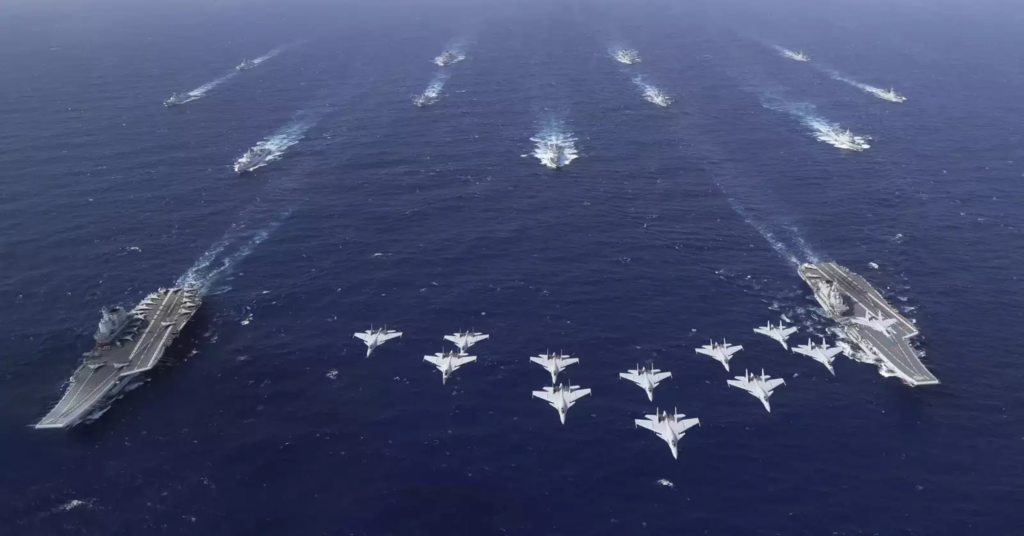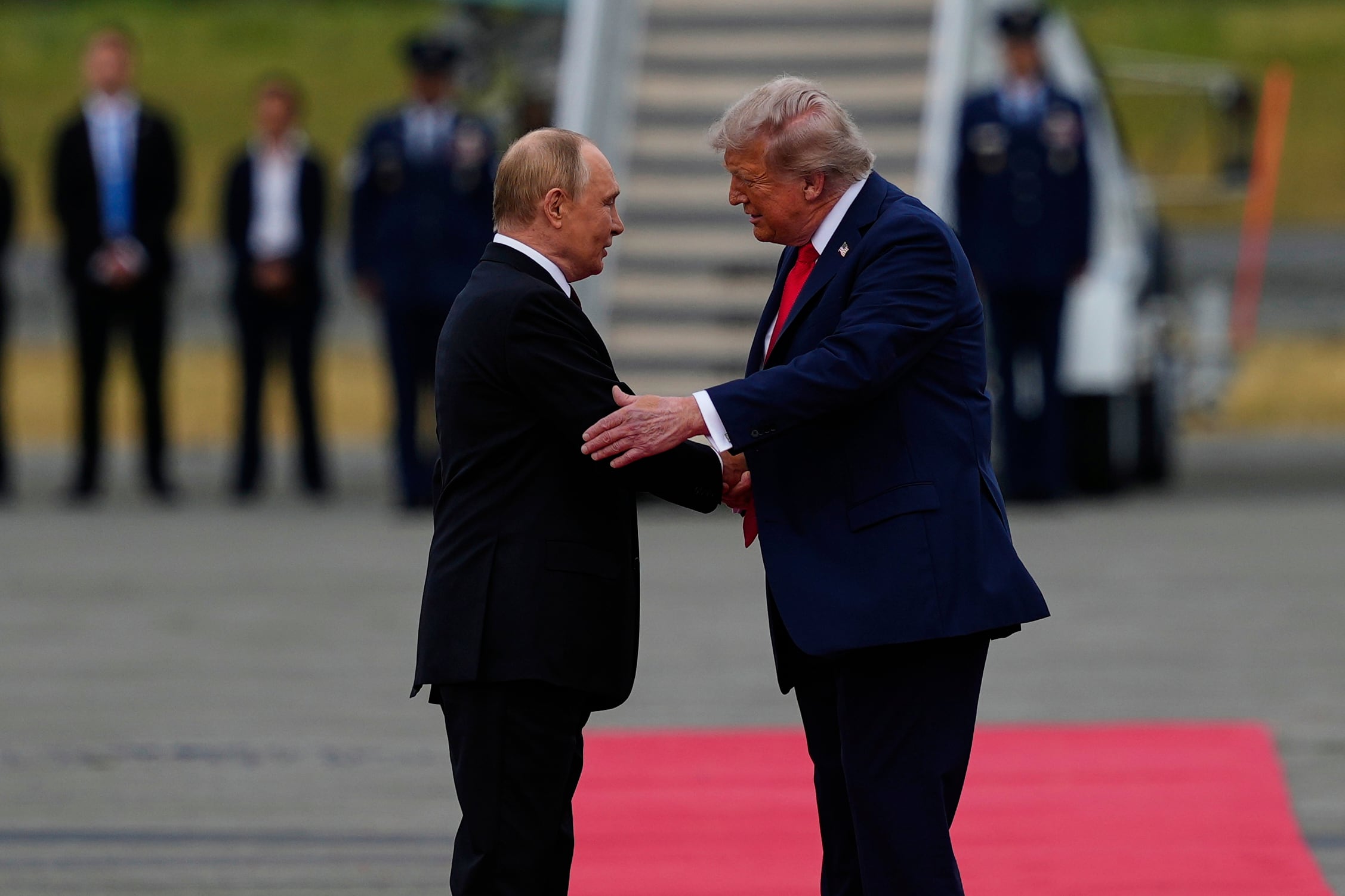Tensions are rising in the Indo-Pacific region as China has sent several warships into contested waters, just as a United States aircraft carrier and a modern warship entered the same area. These movements have brought global attention to the growing power struggle between the world’s two largest economies.
According to reports, Chinese naval ships passed through Japanese waters and entered the wider Western Pacific Ocean. This action came shortly after the USS Nimitz, the oldest U.S. aircraft carrier still in service, was seen operating in the same region, along with the advanced destroyer USS Michael Monsoor.
Why This Matters
The Indo-Pacific region is one of the world’s most important areas for trade and military activity. China’s growing naval presence is challenging the U.S. Navy’s dominance and also raising concerns for Washington’s allies, including Japan and the Philippines.
The U.S. Seventh Fleet confirmed that its mission is to maintain peace, security, and free navigation in the Indo-Pacific. A spokesperson said the fleet will continue working closely with its allies and partners to ensure stability in the region.
Details of China’s Naval Movement
The Japanese military announced last Friday that three Chinese warships were seen southwest of Japan. These included:
- CNS Changchun (Type 052C destroyer)
- CNS Yangzhou (Type 054A frigate)
- CNS Qiandaohu (Type 903 supply ship)
These ships later moved through the Osumi Strait, entering the Philippine Sea from the East China Sea. This area is part of the Western Pacific and is also known as the First Island Chain—an important line of defence used by the U.S. to block China’s expansion at sea. The First Island Chain includes territories like Japan, Taiwan, and the Philippines.
On Saturday, a fourth Chinese ship—CNS Yuhengxing (Type 815a spy ship)—was seen sailing through waters between Japan’s Amami Oshima and Jima islands. It is still unclear whether these ships were sent specifically to track the USS Nimitz.
The Bigger Picture
China has been expanding its naval activities beyond its usual territories. With over 370 ships and submarines, China now has the largest navy in the world in terms of fleet size. Its goal appears to be to reduce U.S. influence and extend its own power across the Pacific.

Recently, China sent three warships on a historic mission around Australia—one of America’s key allies in the South Pacific. This rare naval move happened from mid-February to early March and signals that China is becoming bolder in showing its strength.
Reactions from the U.S. and Japan
Lieutenant Victor Murkowski, a spokesperson for the U.S. Seventh Fleet, said that the fleet often operates with allies to promote a free and open Indo-Pacific. He confirmed that the USS Nimitz is part of their regular operations and is in the region to support peace and security.
Japan also voiced its concerns. Its 2024 defence white paper said China is rapidly increasing its military capabilities and becoming more aggressive in disputed areas like the East China Sea and the Pacific Ocean. The report specifically mentioned the Senkaku Islands—an island group controlled by Japan but claimed by both China and Taiwan.
What Could Happen Next?
With both Chinese and American warships operating in the same region, experts are watching closely to see what happens next. The U.S. carrier group could move closer to China’s borders, especially into the South China Sea and East China Sea—both regions where China has long-standing disputes with neighbouring countries like Japan and the Philippines.
The presence of powerful warships from both sides in these waters raises the risk of miscalculations, accidental encounters, or even conflict. While both nations say they want peace, the growing show of military strength suggests that neither is willing to back down.
Final Thoughts
The ongoing naval movements reflect the growing tension between China and the United States in the Indo-Pacific region. As China continues to build its military and assert its influence, and as the U.S. works with its allies to defend its interests, the possibility of more direct confrontations cannot be ruled out.
This situation could shape the future of international relations in Asia and impact everything from trade routes to global security. For now, all eyes are on how the U.S. and China will navigate this power struggle at sea.
Disclaimer: This article has been meticulously fact-checked by our team to ensure accuracy and uphold transparency. We strive to deliver trustworthy and dependable content to our readers.








